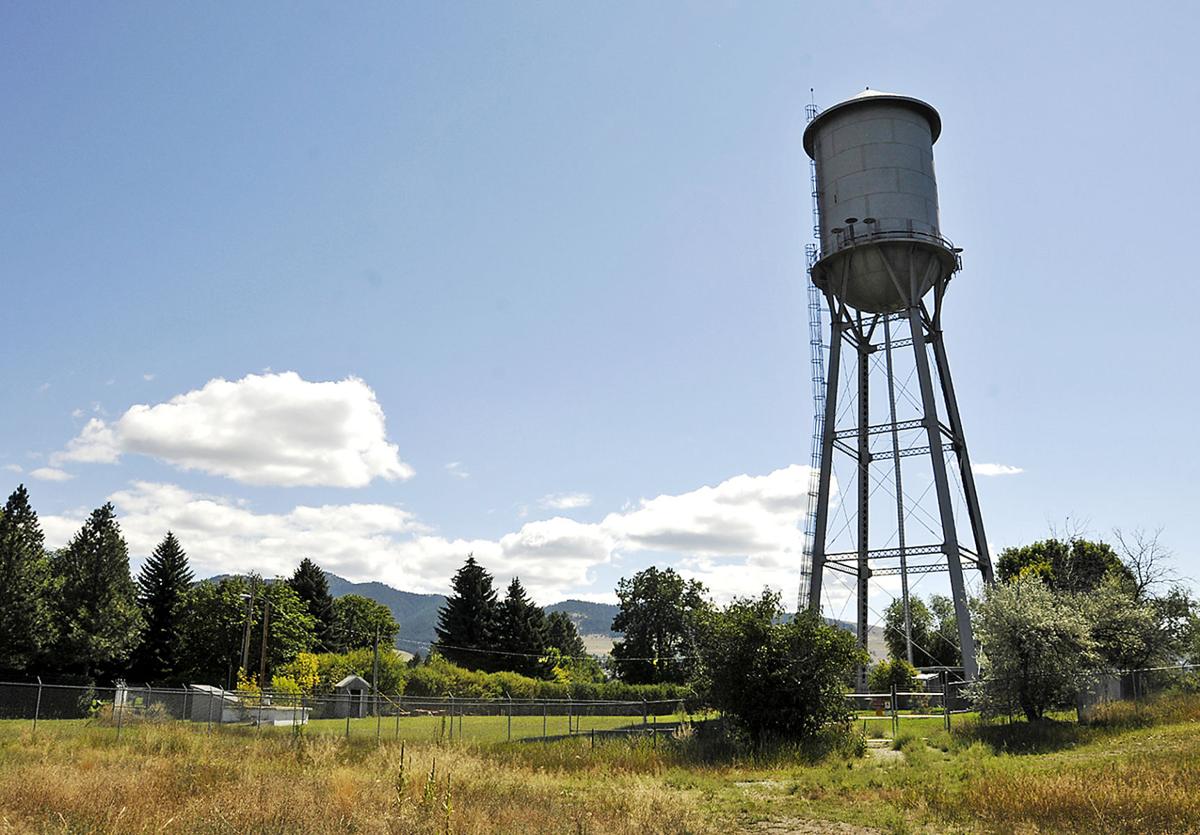Oregon Water Resources Department Proposes Revisions to Municipal Water Management and Conservation Planning Program


The Oregon Water Resources Department’s (“OWRD”) requires water suppliers to submit Water Management and Conservation Plans (“WMCP”) as part of its integrated resource management strategy. WMCPs are required when a municipal water supplier requests new water use permits or permit extensions.[1] Municipal water suppliers serving more than 1,000 people must prepare WMCPs to describe the municipality’s sources of water, to determine the need for increased diversions of water under their permits as their demands grow, and to explain how the water supplier will manage their water supplies to meet future needs.
Currently, WMCPs must include: a municipal water supplier description, a conservation element, a municipal water curtailment element, and a municipal water supply element, among other items.[2] A water supplier has two years to submit a WMCP after a new water use permit has been issued and three years after issuance of a final order approving a permit extension of time.[3]
A WMCP must include a schedule of water conservation measures with five year benchmarks for implementation of those activities, which must then be reported to OWRD.[4] The conservation element includes: conducting an annual water audit for the system, implementing a program to install meters on all un-metered water service connections, a meter testing and maintenance program, a rate program based on quantity of water metered, a systematic program to detect leaks, a public education program to encourage efficient water use, and if the water supplier proposes to expand or initiate diversion of water under an extended permit, a description of such activities.[5]
If a water supplier submits a permit extension request for the permit to be issued for quasi-municipal use and the service population is less than 1,000 (“Small Municipal Water Suppliers” or “SMWS”) or the supplier demonstrates they will apply water to full beneficial use under the permit in less than five years, then a WMCP may not be required, though OWRD has discretion to require a WMCP. As one might imagine, the requirements to submit a WMCP have become burdensome for SMWS, imposing financial and staffing strains. In addition, the criteria of the WMCPs are not always applicable to the SMWS. This burden was acknowledged by OWRD at its May 11, 2017 meeting before the Oregon Water Resources Commission meeting at which OWRD proposed adding new rules to Oregon Administrative Rules, Chapter 690, Division 86 to allow SMWS to submit a WMCP tailored to small municipalities.
To decrease the burden to SMWS, OWRD announced it will be proposing a new rule allowing SMWS to submit a WMCP that will require less detail and analysis than the current WMCPs. OWRD noted that SMWS will still be required to demonstrate water is being used responsibly, that emergency plans are in place, and that the supplier understands water rights and diversion amounts. OWRD will convene a Rules Advisory Committee this fall or summer, at which time further proposed changes to the WMCPs and the impact of those changes on SMWS will become clearer.
[1] Or. Admin. R. 690-315-0090.
[2] Or. Admin. R. 690-086-0125.
[3] Oregon Water Resources Dept., Water Management and Conservation Plans: A Guidebook for Oregon Municipal Water Suppliers, 2d. ed. (Mar. 2015) available at http://www.oregon.gov/owrd/docs/wmcp_guidebook.pdf.
[4] Or. Admin. R. 690-086-0130.
[5] Or. Admin. R. 690-086-0160.